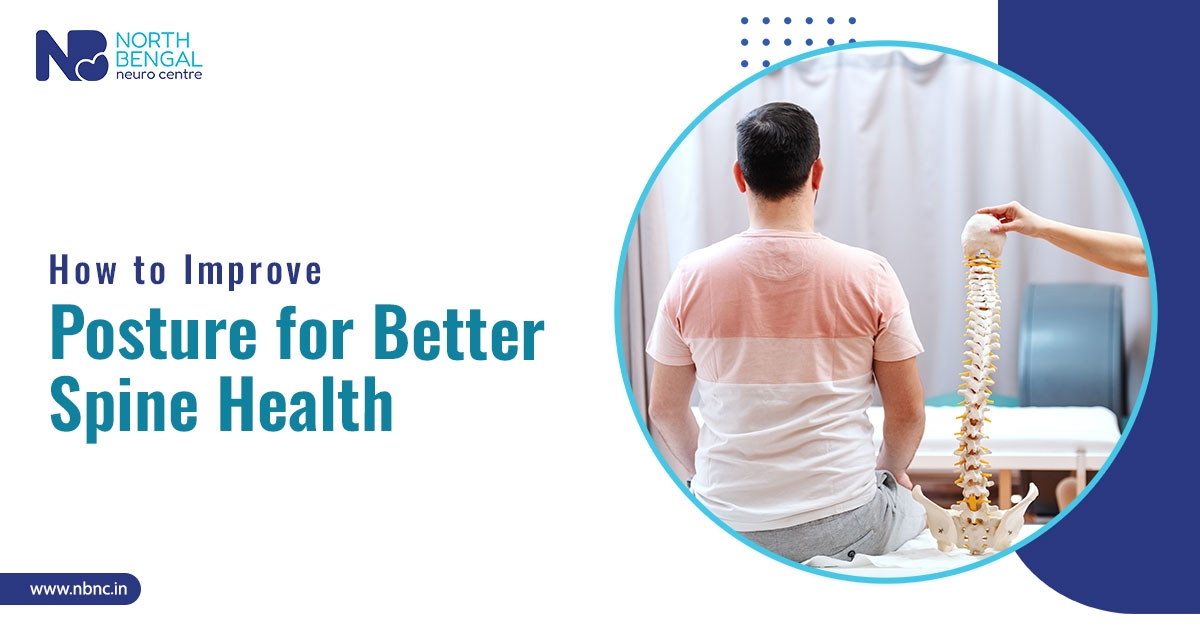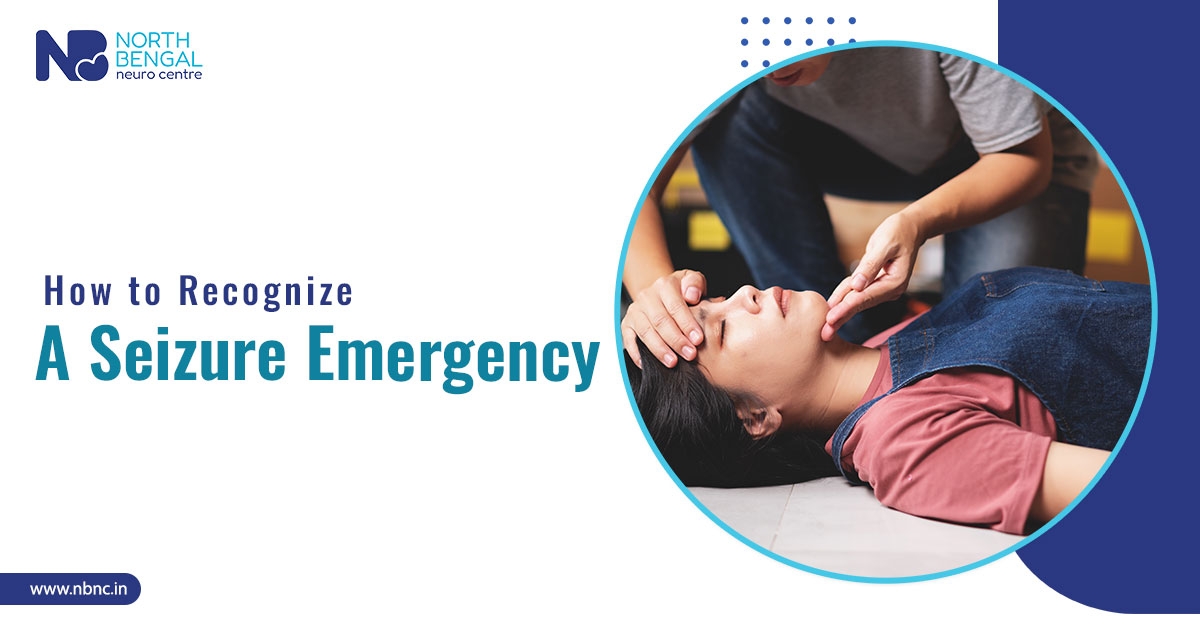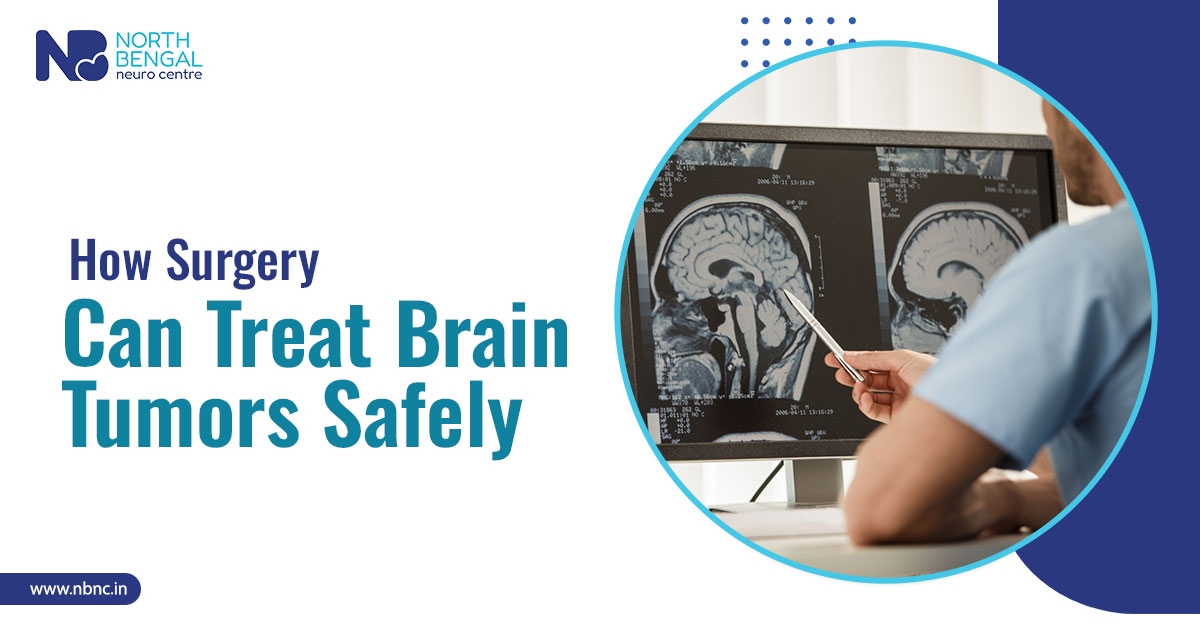It’s a brain condition responsible for causing seizures. Repeated seizures are a symptom of epilepsy, a chronic illness. This happens because of abnormal electrical signals caused by damaged brain cells. Changes in awareness, muscle control (your muscles may twitch or jerk), sensations, emotions, and behavior are all possible during a seizure.
Here, treatments like medications often work well in managing these symptoms. You might consult the best neurologist in Siliguri at North Bengal Neuro Centre or an expert near you. This blog shares 8 highly effective treatment choices for epilepsy: have a look. Always get prescribed treatments.
1. Anti-Seizure Medications (ASMs)
The first and most popular treatment for epilepsy is anti-seizure medicine, commonly referred to as antiepileptic drugs/ AEDs. These drugs function by lessening or stopping the abnormal brain electrical activity that causes seizures.
While some ASMs maintain nerve cell membranes or change neurotransmitter levels, others target alternative brain functions. These include calming hyperactive neurons. Some common prescribed medications are:
- Depakote, or Valproate
- Lamictal, or lamotrigine
- Tegretol, or carbamazepine
- Topamax, or topiramate
About 70% of patients are able to control their seizures with just one medication at first. To reduce side effects like fatigue, weakness, lightheadedness, or mood swings, your doctor will gradually modify the dosage. Make sure:
- Every day, take your prescription at the same time.
- Consistency is crucial; don't miss doses.
- To monitor trends and drug reactions, keep a seizure journal.
Other therapies may be used if medications are insufficient to control seizures.
2. Options for Surgery
Surgery may be a possibility for those with drug-resistant epilepsy. It’s a neurological disease in which seizures do not respond to medicine. The area of the brain where seizures begin is treated during epilepsy surgery.
Some types of surgery for epilepsy:
- Resective surgery, which is often utilized for temporal lobe epilepsy, involves removing the tiny portion of brain tissue that is generating seizures.
- Laser Ablation is a technique that uses a laser beam to precisely and minimally invade tissue that causes seizures.
- To stop seizures from spreading, a corpus callosotomy is performed, which involves cutting the nerve connections between the two parts of the brain.
To identify the seizure focus, doctors do comprehensive brain scans, electroencephalograms, and cognitive assessments. Surgery could be quite effective if the seizure area is tiny and not in charge of essential brain processes.
3. Vagus Nerve Stimulation (VNS)
Vagus nerve stimulation can help lessen the frequency and severity of seizures if surgery or medication is not an option.
How it functions:
In the chest, a tiny device that resembles a pacemaker is placed beneath the skin. The vagus nerve, which transmits signals from the brain to the body, receives gentle electrical pulses from it, and these pulses help erratic brain activity.
Advantages are:
- Many people experience a 30–50% reduction in seizures.
- It can enhance life quality and mood.
- It functions as a potent supplement to drugs, not as a substitute.
For effective epilepsy treatment, you can see the best neurologists in Siliguri or at your nearest location.
4. Responsive Neurostimulation (RNS)
RNS is an epilepsy treatment that uses smart devices to identify seizures before they occur and halt them instantly.
How it works:
In the region of the brain that is prone to seizures, electrodes are attached to a tiny neurostimulator that is implanted in the skull. The device sends minimal electrical shocks to restore brain signals and stop seizures when it recognizes abnormal electrical activity.
Here are some benefits:
- Over time, the gadget picks up on the patterns in your brain.
- Greatly lessens seizures (after a few years, some persons report having up to 70% fewer seizures).
- Doctors can adjust treatment with ongoing monitoring.
People with localized epilepsy that starts in one or two tiny brain regions are most suited for this treatment.
5. Deep Brain Stimulation (DBS)
Another type of electrical therapy is deep-brain stimulation, which focuses on deeper brain regions like the thalamus. This is a major center for neural transmission.
How it works:
A pulse generator in the chest is coupled to electrodes that are surgically inserted into the brain. In order to stop the unusual signals that lead to seizures, the system sends out regular electrical impulses.
Some benefits include:
- Useful for epilepsy that is resistant to medication.
- Reversible and adjustable (the gadget can be switched off or reprogrammed).
- May also help some people sleep better and feel happier.
Although DBS cannot cure epilepsy, it can lessen the frequency and intensity of seizures, giving patients their ease of living and independence back.
6. Ketogenic Diet
Particularly for kids with epilepsy who don't react to medicine, dietary therapy can be unexpectedly effective.
What it is:
The ketogenic diet is a highly low-carb, high-fat diet that compels the body to use fat for energy rather than glucose. Ketones, which are produced by this process, seem to stabilize brain activity.
It can be beneficial. Though its exact mechanism of action is unknown, numerous studies have shown that it can reduce seizures in some individuals by 50% or more, especially in children with certain syndromes like Lennox-Gastaut.
7. CBD Oil Treatment
The effectiveness of medical cannabis, especially cannabidiol (CBD), in treating specific forms of epilepsy has drawn attention in recent years.
How it works:
The non-psychoactive substance known as CBD is extracted from the cannabis plant. It works with the body's endocannabinoid system, which lessens aberrant electrical discharges and helps control brain activity.
According to clinical studies, CBD can help some people experience 40–50% fewer seizures. Before beginning, please consult your neurologist about potential interactions between CBD and other seizure medications.
Prescription-grade CBD oils are the safest and most dependable; over-the-counter varieties vary in quality and potency. Without medical consultation, do not opt for any alternatives.
8. Lifestyle and Holistic Management
Lifestyle modifications can have a significant impact on seizure management and general well-being in addition to medical interventions.
Important tips:
- Insufficient sleep can cause seizures. Aim for 7 to 9 hours of good sleep each night.
- Stress can exacerbate the symptoms of epilepsy. A few options are journaling, yoga, deep breathing, and mindfulness.
- Alcohol, missing meals, flashing lights, and forgetting to take medication are common triggers. Find out what triggers you personally, then make plans appropriately.
- Sleep, mood, and brain health are all improved by moderate exercise, which is advantageous for managing epilepsy.
- Maintaining regular meals, medicine, and wake-up times lowers your chance of seizures and helps to maintain your body's rhythm.
Despite being a chronic disorder, epilepsy is highly treatable. More choices are available now than ever before, ranging from drugs and surgery to neurostimulation and food therapy. Receive expert care and advice from the best neurologist in Siliguri City on epilepsy management.
Comments (0)





